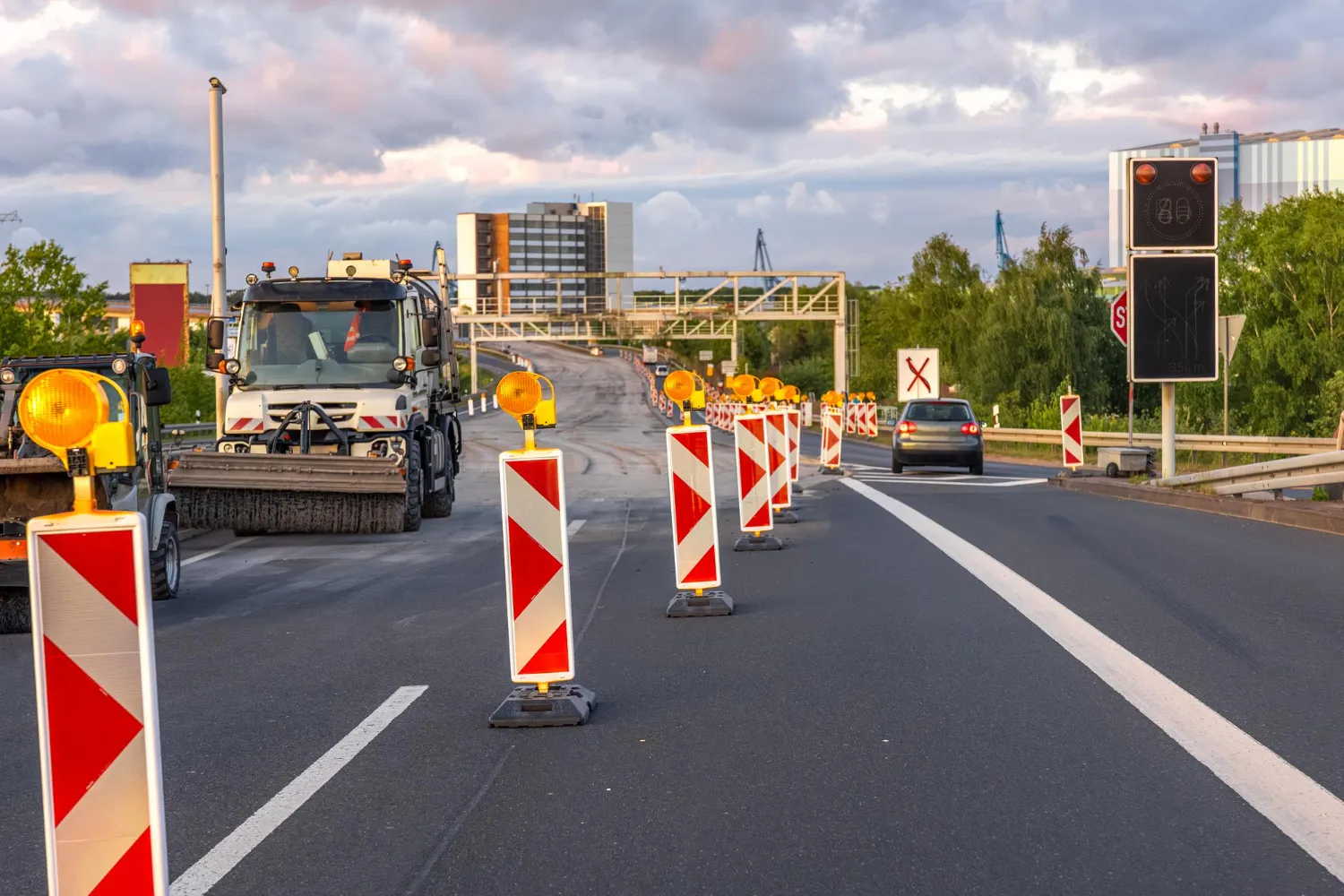

For builders across Melbourne and Victoria who want safer sites, fewer delays, and faster approvals.
A well-run work zone protects your crew, keeps pedestrians and cyclists moving, and lets surrounding traffic flow with minimal disruption. It also shortens the path to approval. When your drawings align with current temporary traffic management practice and you choose the right approval pathway, assessors can sign off with confidence and you can get on with the job.
This guide explains what builders need to know about worksite traffic control in Victoria, from the role of Traffic Management Plans (TMP) and Traffic Guidance Schemes (TGS/TCP) to who approves what, how to design safer set-ups, and how to avoid the common mistakes that cause rework and delay.
If you occupy a local road or footpath, council consent is typically required. If your work also affects an arterial or uses traffic control devices there, you will need a MoA from the Department of Transport & Planning as well.
The TMP explains the method and risk controls; the TGS/TCP is the scaled drawing for each stage that shows where devices and controllers go. Assessors generally expect both.
Plan for 10-15 business days for straightforward council occupations. Complex arterials, event periods, and multi-agency impacts can extend timelines, submit early and stage the work to suit.
Where routes change or levels shift, provide accessible ramps and adequate lighting. If pedestrians must detour, show the route on the TGS and sign it clearly on site.
Yes. We design, lodge, track approvals, set up on site, and monitor so drawings and field conditions stay aligned from start to finish.
Our unparalleled expertise and support in managing traffic for your projects and events make us the glove-like fit for every one of your traffic needs.
Copyright © 2025 a2ztraffic. All Rights Reserved.